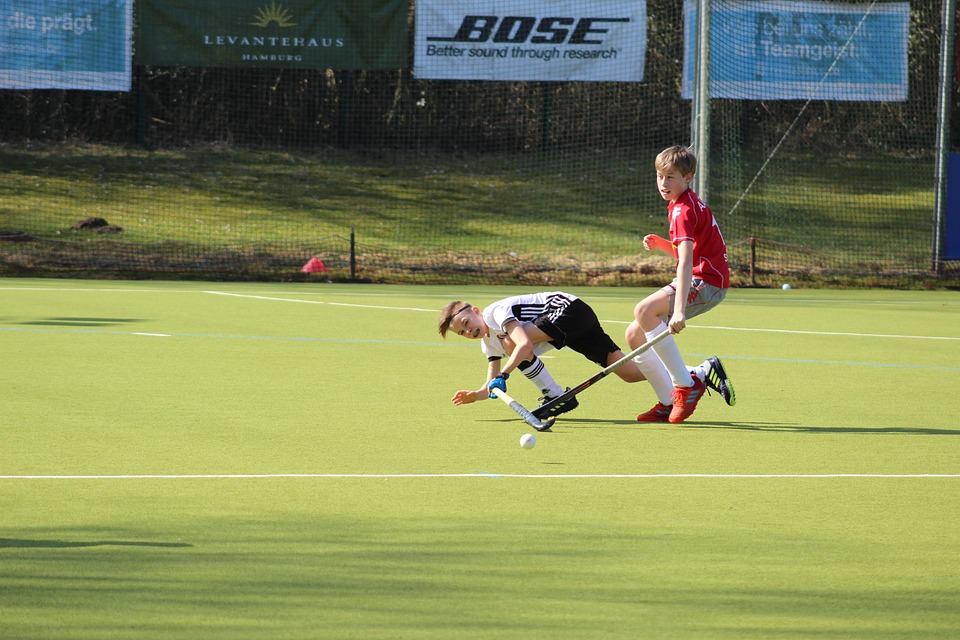The COVID-19 pandemic has etched its mark on every corner of the globe, and the world of sports is no exception. For hockey—long a staple of winter culture and community engagement—the impact has been profound and multifaceted. Yet, as teams, leagues, and fans grapple with the lingering effects of the pandemic, a promising road to recovery is emerging, guiding the sport back to pre-pandemic vibrancy.
Disruption of the Game
When the pandemic swept across the world in early 2020, it brought many professional and amateur sports to a screeching halt. Leagues were suspended, seasons were abruptly terminated, and fans found themselves isolated from the game they loved. In hockey, this disruption was particularly jarring. The NHL, for example, had to adapt quickly, implementing a bubble strategy for the 2019-2020 playoffs, signaling a new era of safety protocols.
Amateur leagues, which rely heavily on ticket sales and community engagement, faced even greater challenges. Local rinks closed, youth leagues were canceled, and many players found themselves sidelined for months. In some cases, this disruption led to long-term consequences for player development and community outreach.
Financial Impact
While the health crisis was a priority, the financial ramifications of COVID-19 on hockey cannot be overstated. Teams across the NHL faced steep revenue losses due to empty arenas, decreased merchandise sales, and canceled sponsorships. The financial strain was exacerbated for smaller leagues and teams, many of which operate on tight budgets.
In response, the NHL and other leagues rolled out various strategies to promote financial health, including salary cap adjustments, revenue sharing, and government assistance programs. However, the road to recovery for financially strained teams remains a work in progress, and the financial landscape of hockey will likely be reshaped for years to come.
Return to Play: New Protocols and Safety Measures
As leagues began to formulate plans for a safe return to play, they implemented comprehensive safety protocols. From frequent testing to mask mandates in team facilities, health and safety became paramount. This shift required significant adjustments not only from players and coaches but also from fans, who had to adapt to new norms, such as virtual attendance options and socially distanced experiences.
Despite these challenges, the return of hockey brought a sense of normalcy to fans and players alike. The NHL’s successful 2020 playoff bubble, combined with robust protocols during the following seasons, showcased the resilience of the game and its stakeholders.
The Role of Technology in Recovery
One silver lining of the pandemic has been the accelerated integration of technology in hockey. Virtual training sessions became commonplace, allowing players to continue their development in isolation. Streaming services and social media platforms grew in prominence, enabling fans to engage with the sport remotely.
The NHL’s embrace of new technologies extended to broadcasting, with games now more accessible to a global audience than ever before. Enhanced fan engagement through apps and digital initiatives allowed fans to feel connected to their teams, regardless of whether they were in the stands or at home. As a result, the relationship between technology and hockey has evolved, paving the way for innovative fan experiences.
Community Resilience
Hockey has always been a community-driven sport, and the pandemic has only highlighted the importance of grassroots engagement. Local teams and organizations quickly mobilized to support their communities, whether through food drives, fundraising, or creating safe spaces for youth activities. The bond between players and fans strengthened as they faced uncertain times together.
Programs aimed at promoting diversity and inclusion gained momentum during this period. Initiatives to support underrepresented groups and provide accessible hockey programs became even more crucial, fostering a sense of belonging and community cohesion during a time of isolation.
Looking Ahead
As the world shifts toward a post-pandemic reality, hockey stands at a crossroads. The lessons learned during the pandemic have prompted a reevaluation of normalcy, innovation, and community engagement. While challenges remain—such as the ongoing adjustments to financial stability and player health—the foundation for a robust recovery is strong.
Teams are now focused not only on winning games but on winning back the hearts of fans and communities. With more inclusive programs, technological advancements, and grassroots initiatives, hockey is poised to emerge from the shadows of the pandemic stronger and more united than ever before.
In conclusion, while the impact of COVID-19 on hockey has been significant, the resilience of the sport and its community offers hope for a vibrant future. As fans return to arenas and local leagues revive their seasons, the road to recovery is marked by optimism, adaptability, and a renewed appreciation for the game we all love.



